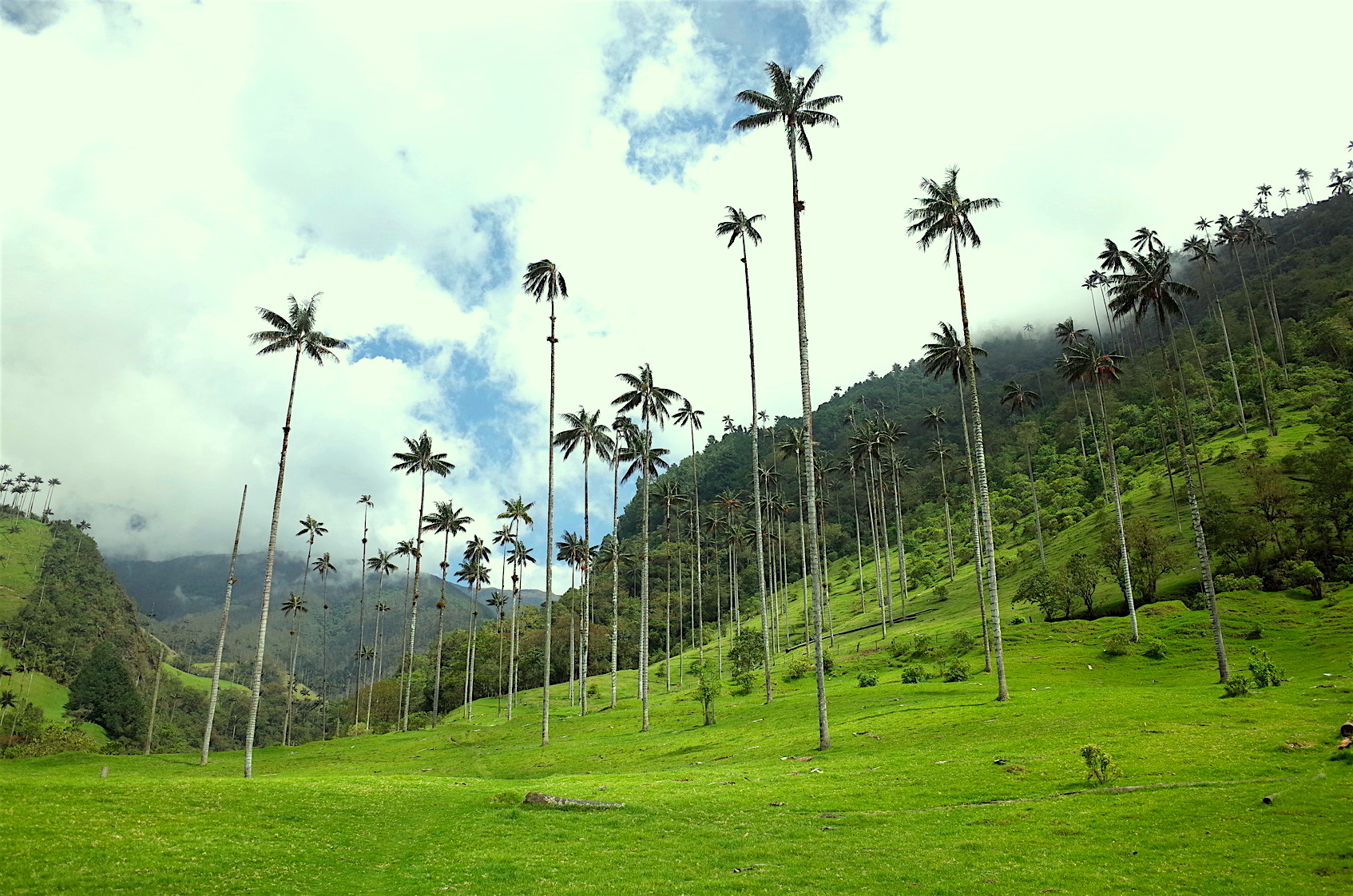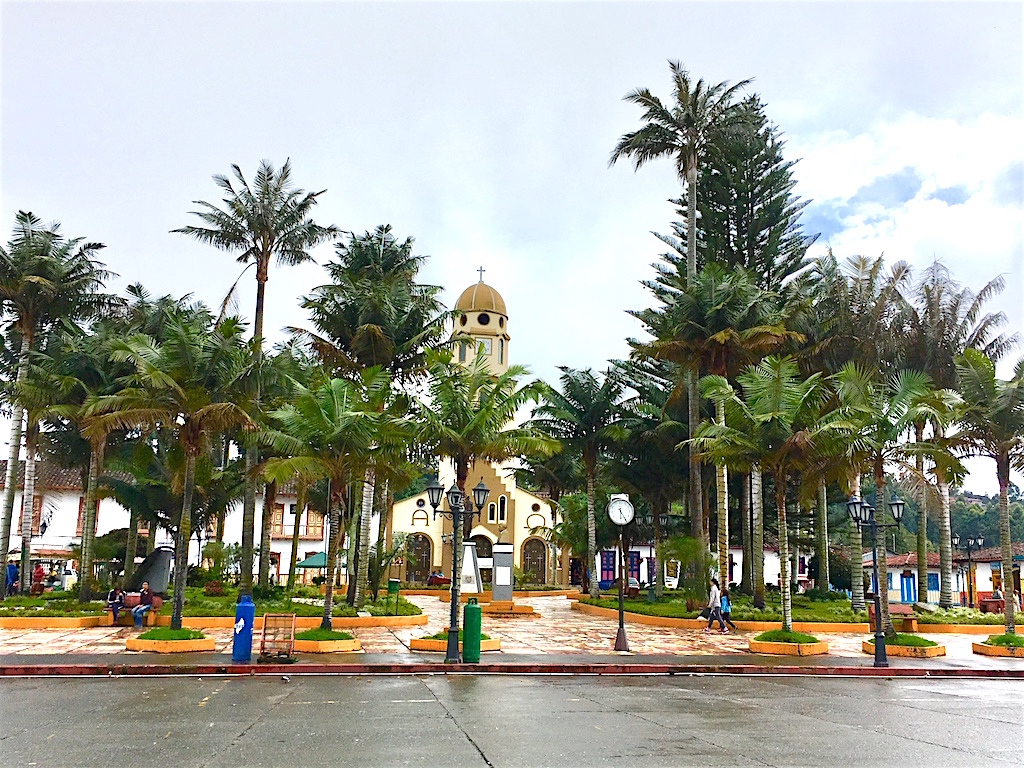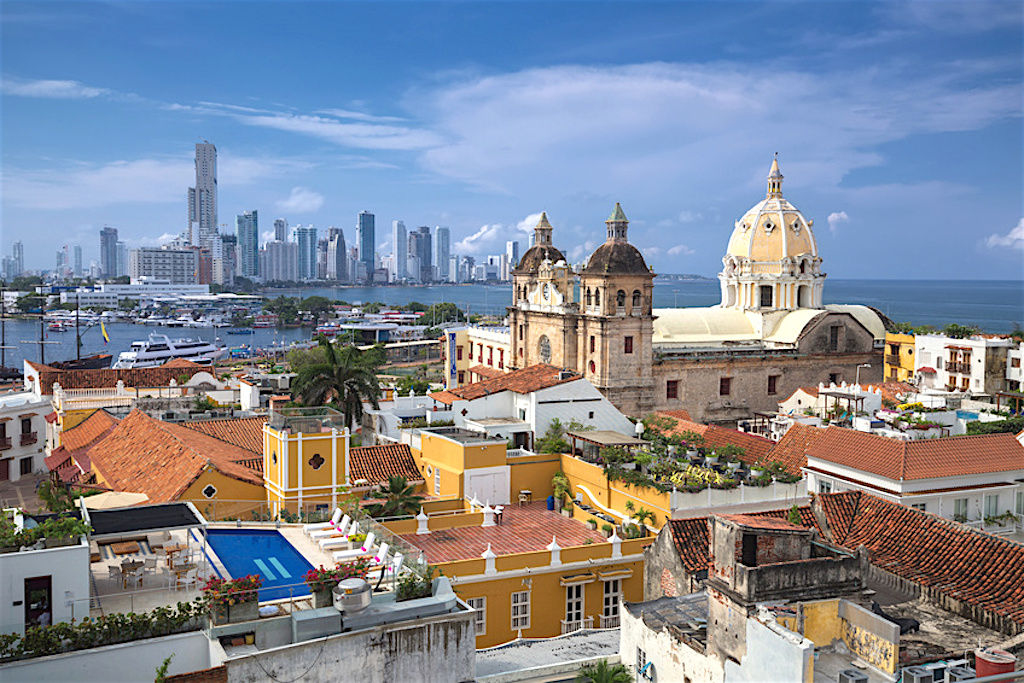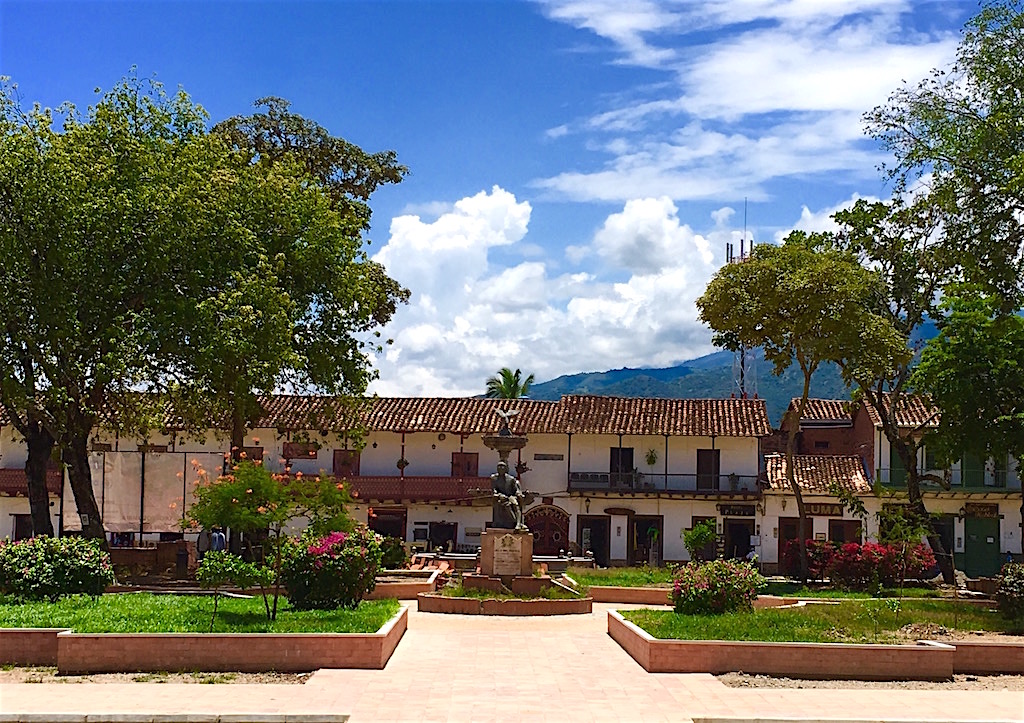
10 Iconic and Popular Christmas Gift Ideas from Colombia
Here is our selection of the 10 most iconic Colombian items that could make a perfect Christmas gift for an expat looking for gift ideas in Colombia.

Here is our selection of the 10 most iconic Colombian items that could make a perfect Christmas gift for an expat looking for gift ideas in Colombia.

Cocora Valley is one of the most striking landscapes found in Colombia and should be on your Colombia bucket list. Here’s our Cocora Valley hiking guide.

Salento is a picturesque pueblo in Colombia’s coffee region that is definitely worth visiting. We provide a recommended 48-hour itinerary.

De Mi Abuelita Gourmet offers homegrown organic vegetables and locally produced food products including many handmade and delivers them direct to your door.

Oozing history, romance and sun-drenched beaches, the allure of historical Cartagena is hard to resist. We provide a recommended 72-hour itinerary.

Santa Fe de Antioquia is known for its well-preserved colonial architecture and cobbled streets. It’s the perfect pueblo for a day trip from Medellín.
